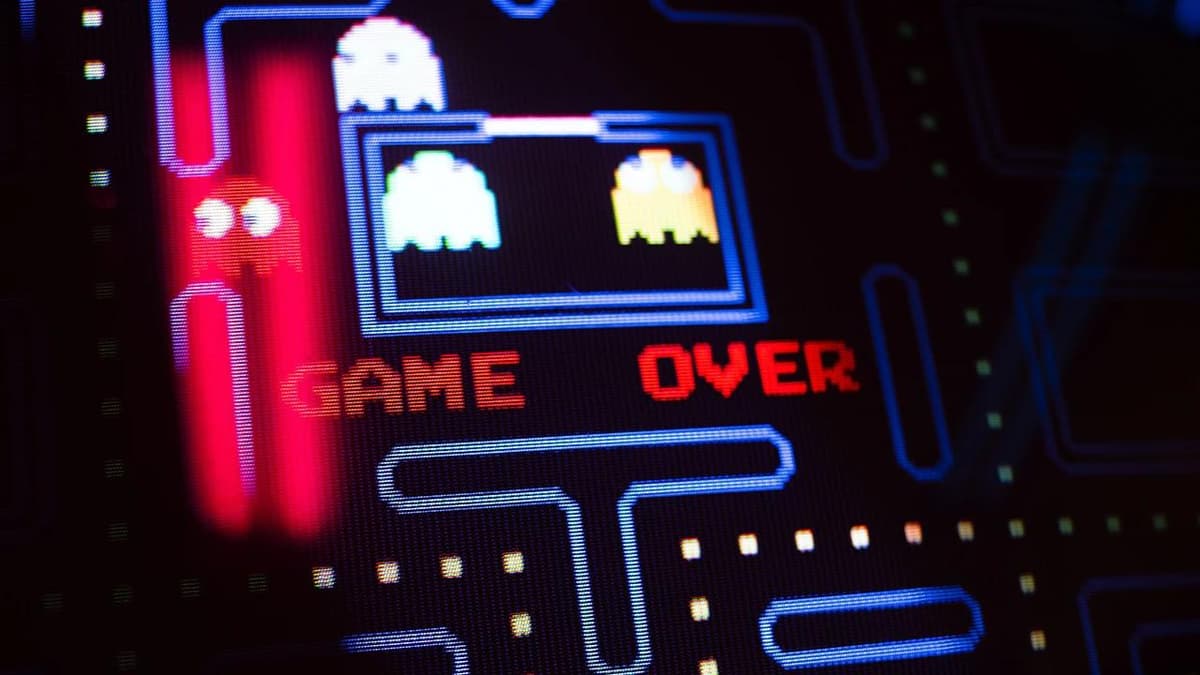Graphic Cards for AI Training: An Overview and Buying Guide
Originally developed for enhancing video game graphics, Graphics Processing Units (GPUs) have evolved to become a cornerstone in the field of AI training. This transition marks a significant shift in the role of GPUs, highlighting their versatility and power. The key to their effectiveness in AI lies in their inherent design strengths: exceptional capabilities in handling matrix operations and parallel processing. These functionalities are vital for efficiently running the complex algorithms that are the backbone of neural networks and deep learning models.
Why Are GPUs So Effective in AI Training
The core reason GPUs are so effective in AI and machine learning is their architecture, which is vastly different from traditional Central Processing Units (CPUs). While CPUs are designed to handle a wide range of computing tasks and excel in sequential processing, GPUs are constructed to process multiple tasks simultaneously. This is because GPUs have hundreds or even thousands of small, efficient cores designed for handling multiple operations in parallel. This feature makes them exceptionally well-suited for the high-volume, repetitive calculations required in training neural networks, where the same operation must be performed over and over again on large datasets.
Deep learning models, especially, benefit from this capability. These models involve training algorithms on vast amounts of data, which requires immense computational power. For instance, tasks like image and speech recognition, which are common in AI applications, involve processing and analyzing millions of data points. GPUs can handle these tasks much more efficiently than CPUs, significantly reducing the time required for training models.
NVIDIA has been a pioneer in this transformation, with its CUDA (Compute Unified Device Architecture) platform standing out as a game-changer. CUDA is a parallel computing platform and application programming interface (API) model created by NVIDIA. It allows software developers and software engineers to use a CUDA-enabled graphics processing unit for general purpose processing – an approach termed GPGPU (General-Purpose computing on Graphics Processing Units). This innovation opened the door for the use of GPUs in a broader range of computational tasks beyond gaming, particularly in AI and deep learning.
AMD and other companies have also been making significant advancements in this space. AMD’s GPUs, for instance, offer robust alternatives and have been increasingly adopted in various AI and machine learning applications. Their GPUs, equipped with their own set of technologies and capabilities, provide developers and researchers additional options and flexibilities.
Key GPUs in AI Training
-
NVIDIA’s Tesla Series: The Tesla series, particularly the V100 and P100, are highly regarded in the realm of AI research and training. The NVIDIA Tesla V100 is notable for its impressive specifications:
- CUDA Cores: 5120
- Tensor Cores: 640
- Memory: 32 GB of HBM2 memory
- Performance: Offers double-precision performance of 7-7.8 TFLOPS, single-precision performance of 14-15.7 TFLOPS, and tensor performance of 112-125 TFLOPS.
- Architecture: Powered by NVIDIA Volta architecture, it's available in 16 and 32GB configurations and offers the performance of up to 100 CPUs in a single GPU.
-
NVIDIA GeForce RTX Series: Originally designed for gaming, the RTX series, like the 4060, is also effective for AI tasks. The GeForce RTX 4060 is a performance-segment GPU launched in 2023. It's built on the 5 nm process and based on the AD107 graphics processor. Key features include:
- Shading Units: 3072
- Texture Mapping Units: 96
- ROPs: 48
- Tensor Cores: 96 (aiding machine learning applications)
- Memory: 8 GB GDDR6
- Operating Frequency: 1830 MHz (boostable up to 2460 MHz)
- Memory Interface: 128-bit The RTX 4060's capabilities, especially its tensor cores, make it suitable for AI operations.
-
Google’s TPU (Tensor Processing Unit): TPUs, developed by Google, are application-specific integrated circuits (ASICs) tailored for AI acceleration, particularly suited for TensorFlow applications.
- Design: TPUs are optimized for high-volume, low-precision computation (e.g., as little as 8-bit precision) with more input/output operations per joule.
- Applications: They have been used in prominent projects like AlphaGo, AlphaZero, and Google Street View text processing.
- Availability: Google provides TPUs through its Cloud TPU service and notebook-based services like Kaggle and Colaboratory.
-
AMD Radeon Instinct: The Radeon Instinct series, such as the MI100, provides competitive performance in deep learning and neural network training.
- Processor and Memory: Features the Arcturus graphics processor with 7680 shading units, 480 texture mapping units, and 64 ROPs, paired with 32 GB HBM2 memory.
- Architecture: Built on the 7 nm process, operating at a frequency of 1000 MHz, which can be boosted up to 1502 MHz, with memory running at 1200 MHz.
Where to Buy GPUs for AI Training
Online Retailers
-
Amazon: A go-to for a wide range of GPUs. They offer various models from NVIDIA and AMD, catering to different performance needs and budgets.
-
Newegg: Known for its vast collection of electronics, Newegg is another excellent place to find GPUs suitable for AI training.
-
Best Buy: While primarily focused on consumer electronics, Best Buy also stocks a range of GPUs that can be used for AI applications.
Specialty Stores
-
B&H Photo Video: Known for professional-grade electronics, B&H stocks high-end GPUs that are suitable for AI training.
-
Micro Center: A reliable source for computer components, offering a variety of GPUs in-store and online.
Directly from Manufacturers
- NVIDIA and AMD: Purchasing directly from NVIDIA or AMD ensures you get the latest models and full warranty coverage.
Building Your Neural Network
After choosing a suitable GPU for your neural network, there are several additional steps and components needed to build and train your network effectively:
-
Central Processing Unit (CPU): A robust CPU is necessary to handle general computing tasks and manage the overall operations.
-
RAM: Sufficient RAM is crucial for data processing efficiency. More RAM allows for larger datasets to be loaded and processed faster.
-
Storage: Adequate storage, preferably SSDs for faster data access, is needed to store your large datasets, neural network models, and other relevant files.
-
Software Tools:
- Deep Learning Frameworks: Utilize platforms like TensorFlow or PyTorch. These frameworks provide libraries and tools to design, train, and deploy neural networks. They come with pre-built functions, making it easier to implement complex algorithms.
- NVIDIA CUDA Toolkit: For NVIDIA GPUs, the CUDA toolkit enables GPU acceleration, allowing for more efficient computation.
- Development Environment: Choose an integrated development environment (IDE) like Jupyter Notebooks or Google Colab for writing and testing your code.
-
Data Preprocessing: Prepare your data for training, which includes cleaning, normalizing, and splitting into training and testing sets.
-
Model Design: Define the architecture of your neural network, including the number of layers, types of layers (e.g., convolutional, recurrent), and activation functions.
-
Training: Train your model using your dataset. This involves feeding the data through the network and adjusting weights using algorithms like backpropagation.
-
Evaluation and Tuning: After training, evaluate the model’s performance on your test data. Fine-tune the model by adjusting parameters or training with more data to improve accuracy.
-
Deployment: Once satisfied with the model, deploy it for real-world applications or further research.
Building a neural network involves a combination of hardware setup and software programming. You can effectively train and deploy neural networks for various AI applications with the right tools and resources,
Things to Consider When Building a Neural Network
-
Compatibility: Your GPU must be compatible with your motherboard and power supply. Check the PCI Express (PCIe) slot version and the physical size of the GPU to ensure it fits in your case and is supported by the motherboard.
-
Cooling System: GPUs used for neural network training generate significant heat. Efficient cooling systems, such as advanced air coolers or liquid cooling solutions, are vital to maintain performance and longevity of the hardware.
-
Budget:
- Cost of GPUs: High-performance GPUs, essential for AI training, can be expensive. For instance, NVIDIA's high-end GPUs can cost thousands of dollars.
- Other Components: Remember to account for the cost of a high-quality CPU, ample RAM (possibly in the range of 32GB or more for intensive tasks), and fast SSD storage.
- Software Costs: While many deep learning frameworks like TensorFlow or PyTorch are free, some specialized software or tools might require a license.
- Electricity Consumption: Running these powerful machines, especially for extended periods, can lead to significant electricity consumption, impacting your utility bills.
- Cooling Solutions: Investing in effective cooling solutions adds to the initial setup cost.
-
Future-proofing: Consider the longevity of your setup. Hardware that is slightly more expensive now may offer better performance and compatibility with future software updates and models.
-
Maintenance and Upgrades: Regular maintenance of the hardware and potential future upgrades should be factored into the long-term budget.
Selecting the right GPU is crucial for effective AI training. With the right hardware and software, you can embark on creating and training your own neural network, contributing to the ever-growing field of AI.
(Edited on August 28, 2024)












